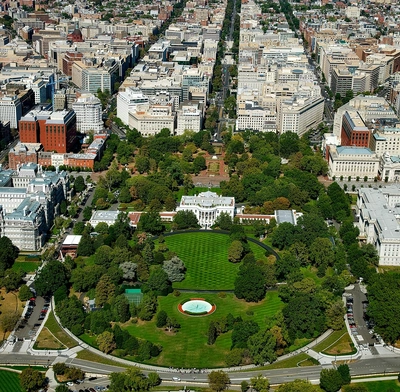As Trump deregulates, his own central bankers warn that the foundations of financial stability are being tested.

A divided Washington
Federal Reserve Governor Michael Barr has issued his sharpest warning yet on the risks posed by stablecoins, deepening the rift between the central bank and the Trump administration’s pro-crypto stance. In remarks delivered at the Brookings Institution this week, Barr said that “unchecked growth in private money” could threaten the stability of the banking system and undermine the Federal Reserve’s ability to manage liquidity.
The comments come as the White House accelerates its deregulation agenda. President Trump’s team has relaxed enforcement actions against exchanges, promoted the GENIUS Act to formalize stablecoin issuance, and directed agencies to prioritize innovation. The approach has transformed the U.S. into the world’s largest hub for stablecoin activity. Still, it has also left regulators divided over who should oversee what is rapidly becoming a parallel payments system.
Echoes of the past
Barr’s remarks evoked memories of the pre-2008 financial landscape, when lightly supervised instruments amplified systemic shocks. He compared large stablecoin issuers to money market funds, warning that a sudden loss of confidence could trigger “runs” across digital and traditional markets alike. “When liabilities look like deposits, the risks must be treated as deposits,” he said.
Other Fed officials share his unease. Internal analyses circulated within the Federal Reserve Board, according to people familiar with the matter, suggest that a major issuer’s default could cascade through derivative markets and short-term funding systems. The Fed’s financial stability staff have quietly argued that the central bank may need new emergency tools if a digital-asset crisis unfolds.
Power, credibility and control
The White House has pushed back, saying that oversight of stablecoins should remain with Congress and the Treasury. Yet insiders say the administration views stablecoin adoption as strategic: a means of extending the reach of the dollar through private enterprise. That vision clashes with the Fed’s mandate to preserve neutrality and control over monetary policy.
The confrontation is no longer academic. Global investors are watching to see whether the U.S. can pursue financial innovation without eroding the credibility of its central bank. For Barr and his colleagues, the question is whether the Federal Reserve can still act as the system’s anchor when the system itself is moving onchain.







